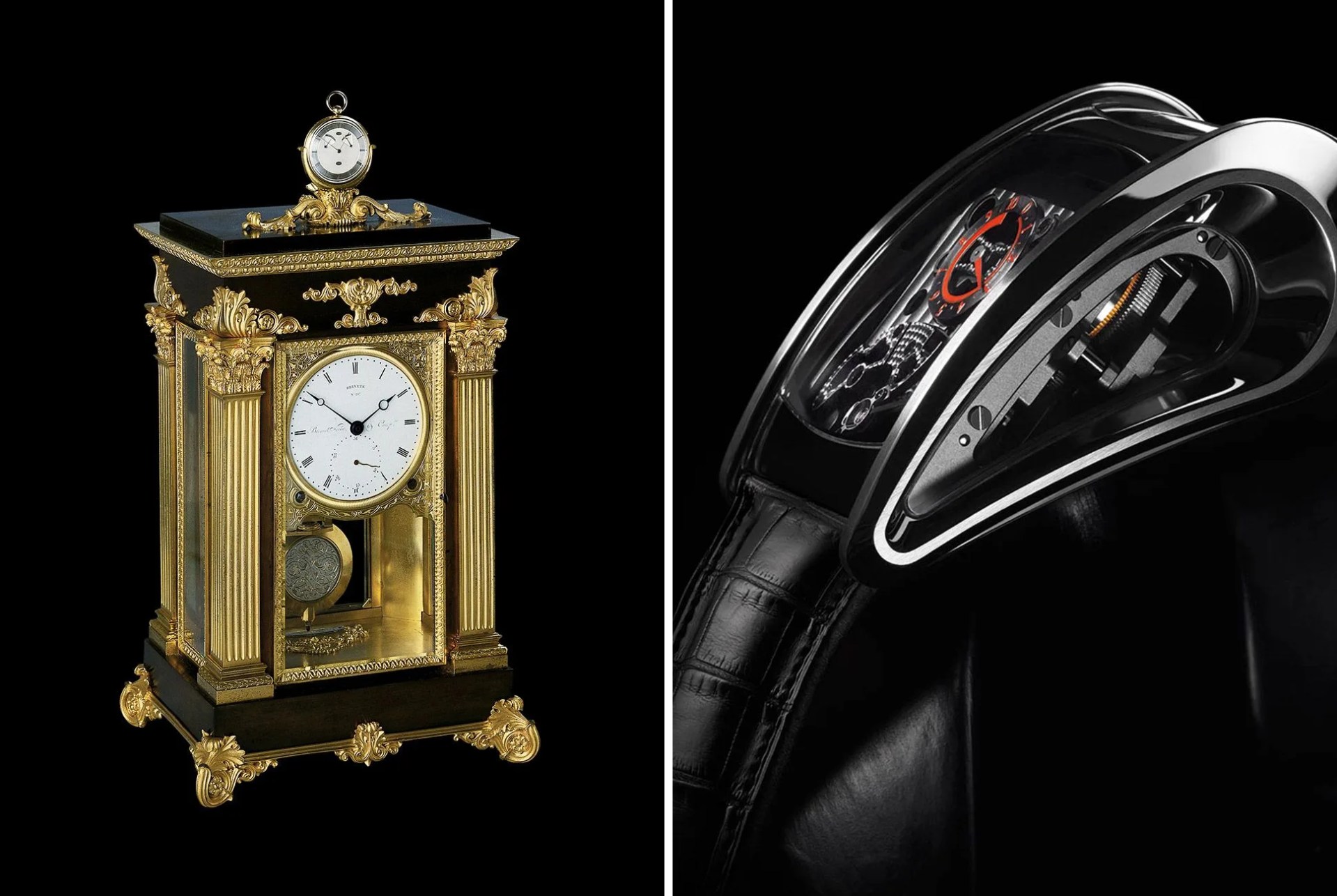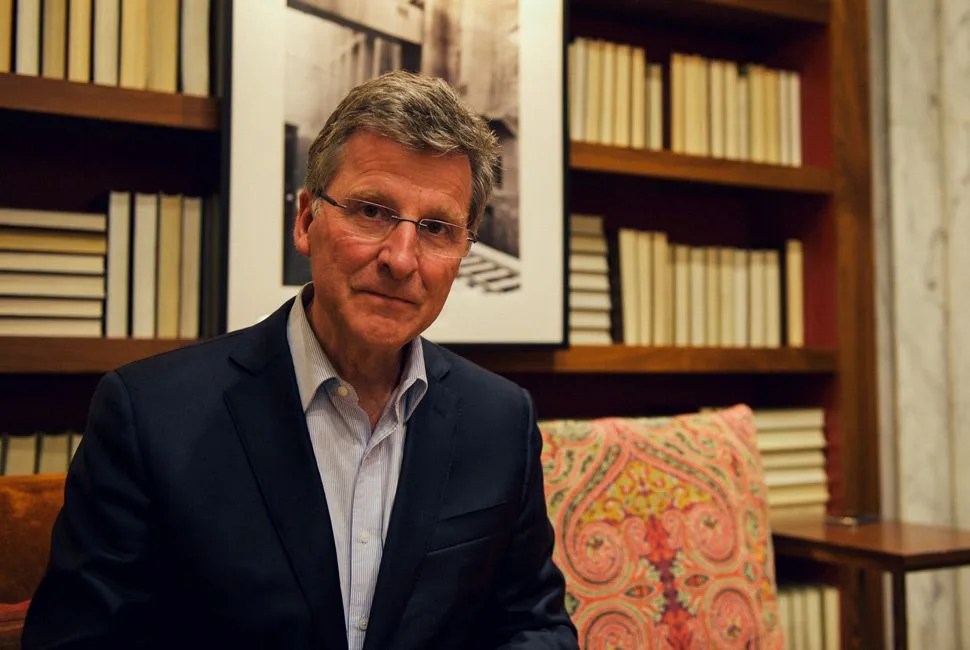On any list of great Swiss watch companies will be melodic names of nineteenth-century watchmakers — Baume & Mercier, Breguet, Patek Philippe — and storied brands like IWC and Rolex. These are companies whose founders have long since gone on to the great workbench in the sky, but whose legacies are still used to great effect to sell timepieces. But one watchmaker with great tradition and legendary attention to detail is still alive and well: Michel Parmigiani.
Parmigiani came of age as a watchmaker at exactly the wrong time. The 1970s were dark days for the Swiss industry, with affordable Japanese quartz watches sending once-great brands into a tailspin. So, after apprenticing in Neuchâtel, Michel Parmigiani didn’t seek work making new watches. He specialized in restoring old ones — and he quickly made a name for himself. His meticulous work can be found in Patek Philippe’s museum and the Museum of Decorative Arts in Milan; his restoration of a Breguet “sympathetic” clock (a pocket watch that docks and synchronizes to a pendulum clock) was deemed an impossible feat by the auction house that sold it.
When, in 1996, Parmigiani’s employer, the Swiss Sandoz Family Foundation, offered him a chance to create new watches in the traditions he was so versed in restoring, he took it. Thus, Parmigiani Fleurier was born, 20 years ago this summer, producing small numbers of exquisitely decorated, highly complicated timepieces, such as the iconic Kalpa, the avant-garde Bugatti Super Sport and, just this year, the Tonda Chronor, the company’s first homegrown chronograph calibre. To celebrate his brand’s 20-year anniversary, Parmigiani made the rounds of retailers in the US and Canada, and I had the chance to sit down with him on a stopover in Minneapolis. Naturally, he arrived right on time.
Q: You came of age during a difficult time for Swiss watchmaking. Is the watch industry in trouble again?
A: In the 1970s, watchmakers were considered outcasts, and it was a real adventure to start a business back then. The banks had given up on watchmaking so it was very complicated and pioneering to do it at that time. For most people, the game was over. But what most people forget is that traditionally, the watchmaking industry has gone through these big highs and big lows.
What’s happening now is what I consider a “rupture.” It’s a case of companies producing too many watches for the reality of the market. The groups are pushed by demands of their stockholders and that hurts the whole industry. We need to consider high-end watchmaking as an art form. The timepieces we are talking about are filled with emotion and unfortunately they’ve become more of a commodity and a number-driven business. That is the opposite of what I believe in.

Q: So will high-end brands like Parmigiani Fleurier be able to better weather the ups and downs than the brands making “commodity” mechanical watches?
A: Our mandate is to not make more numbers but to make better, more emotional, more personal timepieces. It’s where the parallel with the art world is apparent. When you do 15,000 timepieces a year, you simply cannot have the attention to detail as a brand like ours that makes less than 5,000. Without the compulsion to grow numbers, a smaller brand can therefore do very well because they go back to the roots of the business, making pieces of art for discerning customers.
